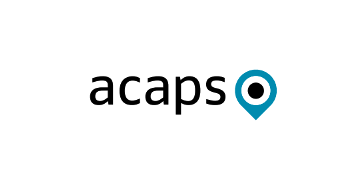The new ACAPS report outlines how access to humanitarian assistance continues to be restricted for crisis-affected populations in more than 60 countries.
Along with the analysis report, they have made publicly available the access dataset behind our analysis as well as an interactive dashboard to facilitate visualisation of trends in access constraints. You can access both here.
ACAPS analysts considered nine variables to rank and compare humanitarian access levels worldwide. Crisis-affected populations in more than 60 countries are not receiving the humanitarian assistance they need because of access constraints.
Seven new countries – Indonesia, Italy, Malaysia, Saint Vincent and the Grenadines, Senegal, Spain, and Timor-Leste – have entered the ranking since the last Humanitarian Access Overview, released in December 2020. Among the indicators, ‘restrictions and obstruction to services and assistance’ and ‘physical and environmental constraints’ are the most common challenges.
This report includes scoreboards for all the countries assessed (see page five). Analytical narratives are provided only for countries scored between levels 3–5 (i.e. high, very high, and extreme constraints).
You can download the report on the left.
